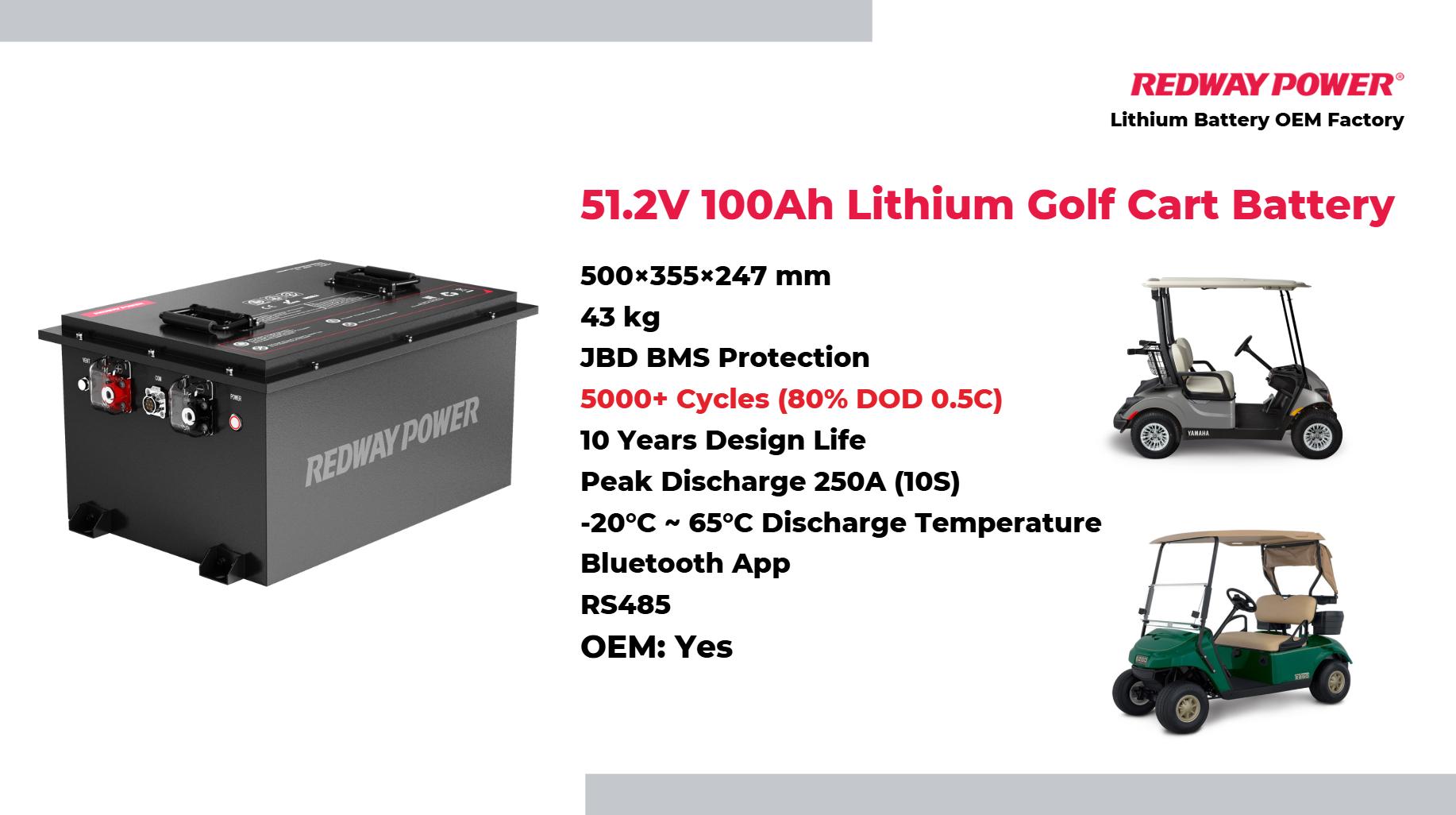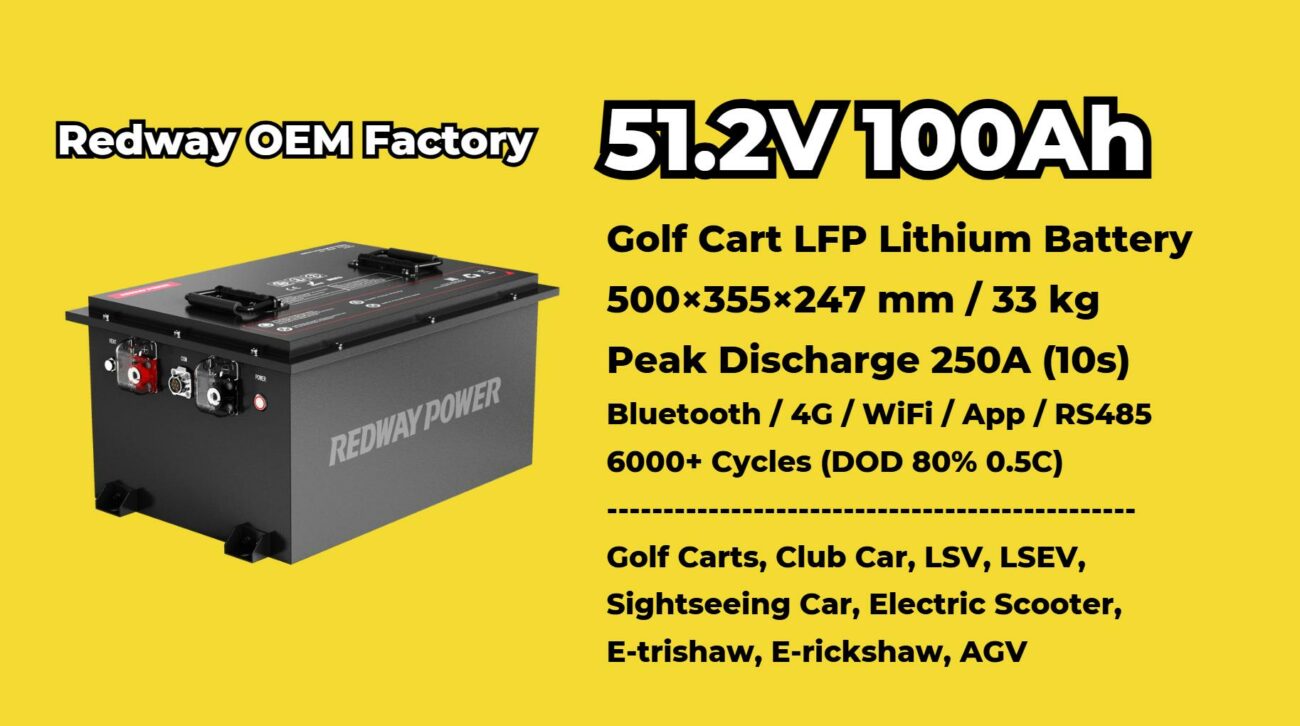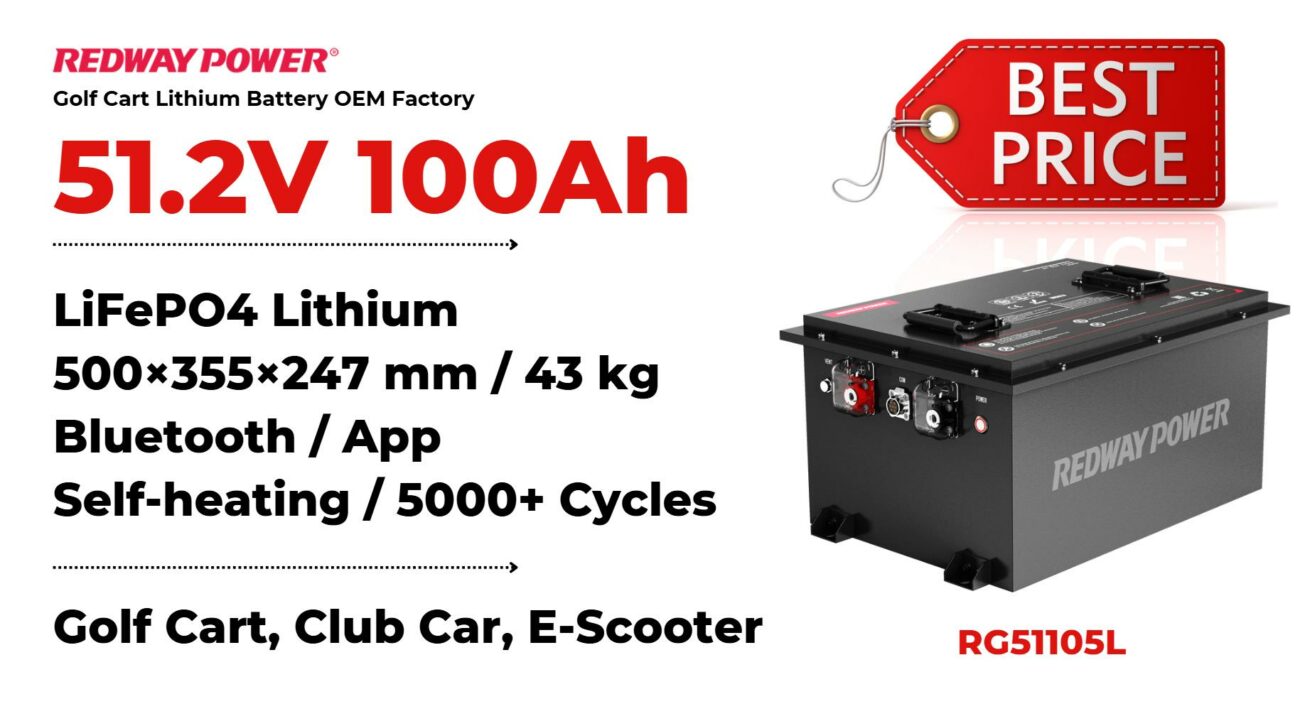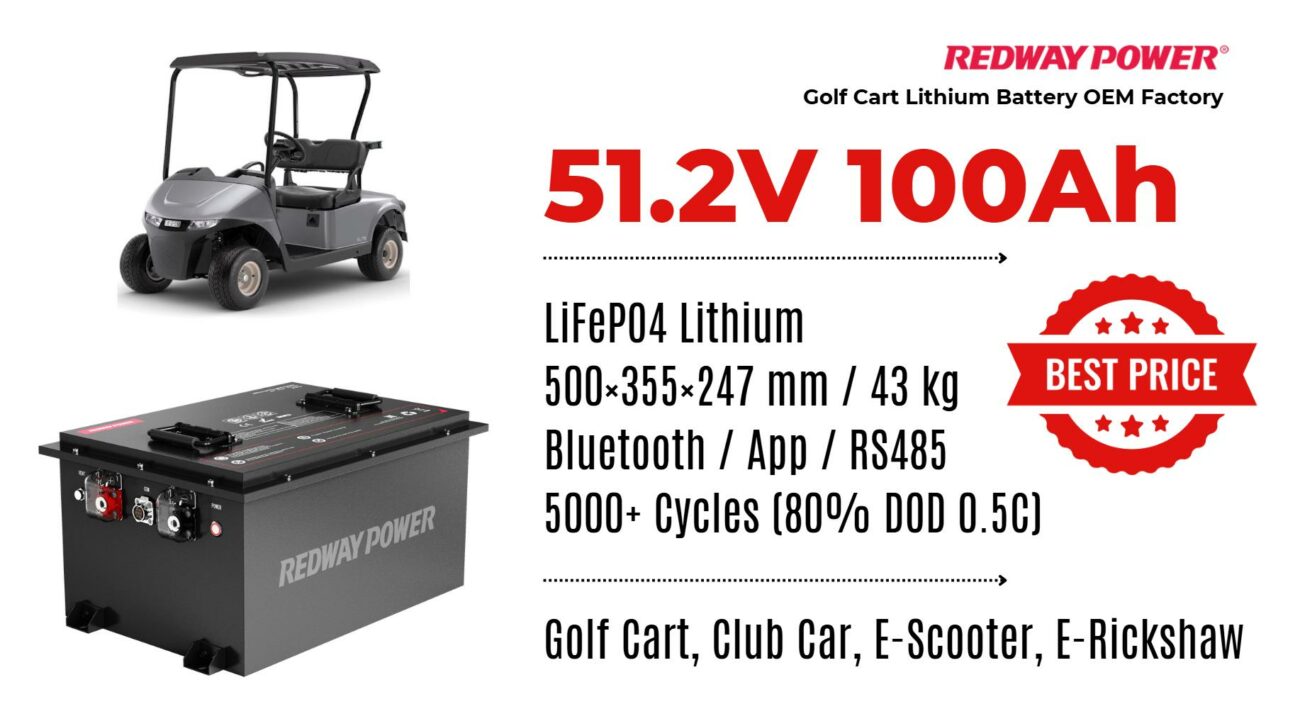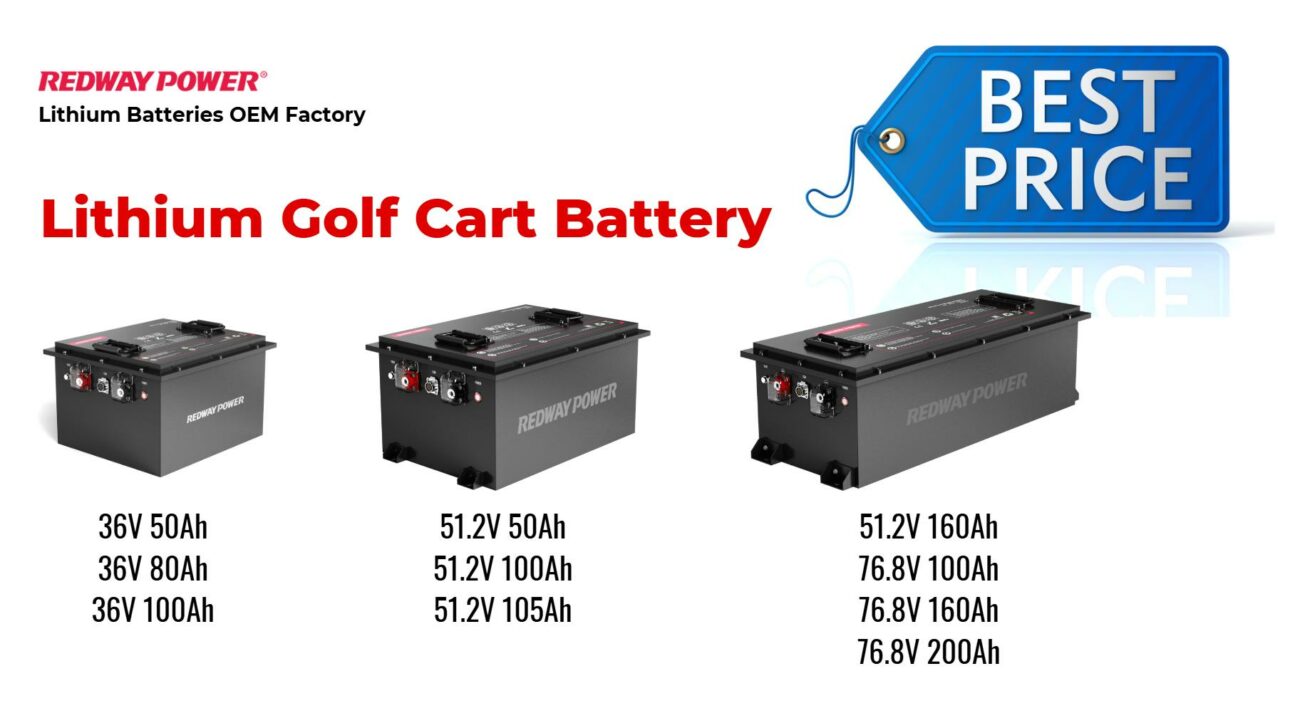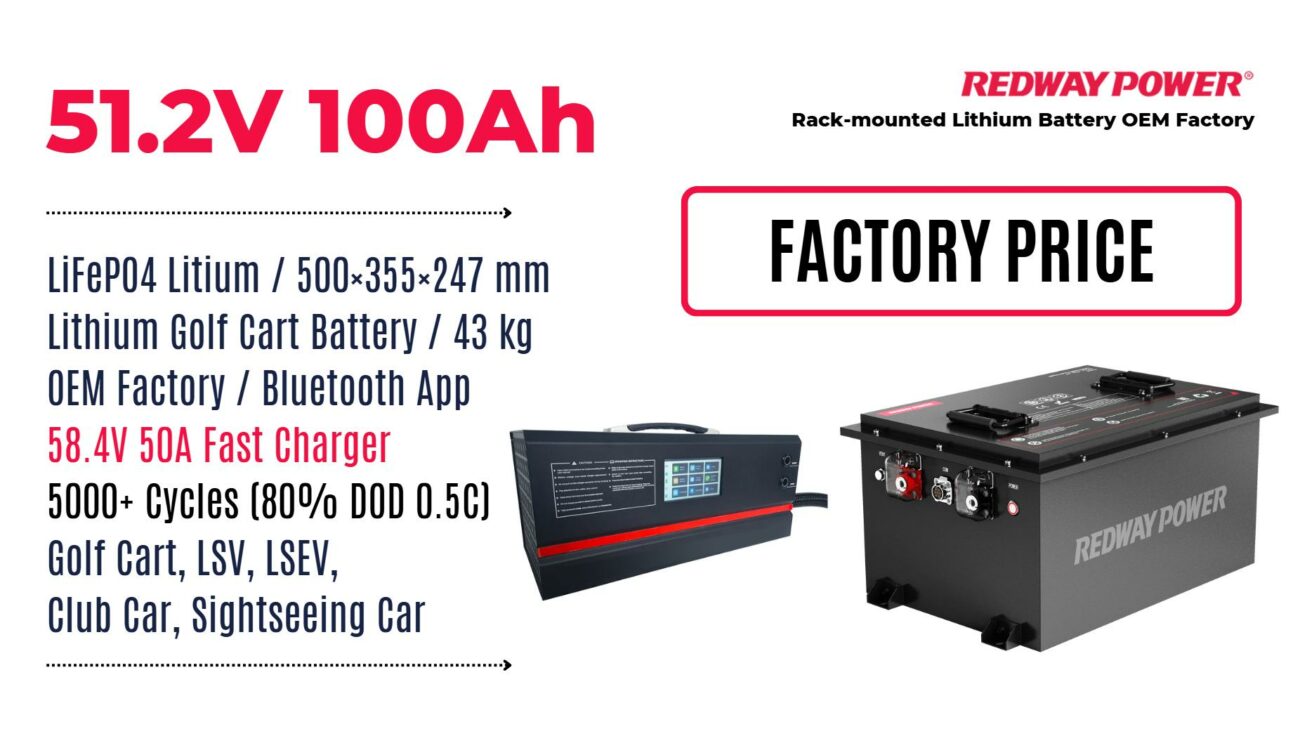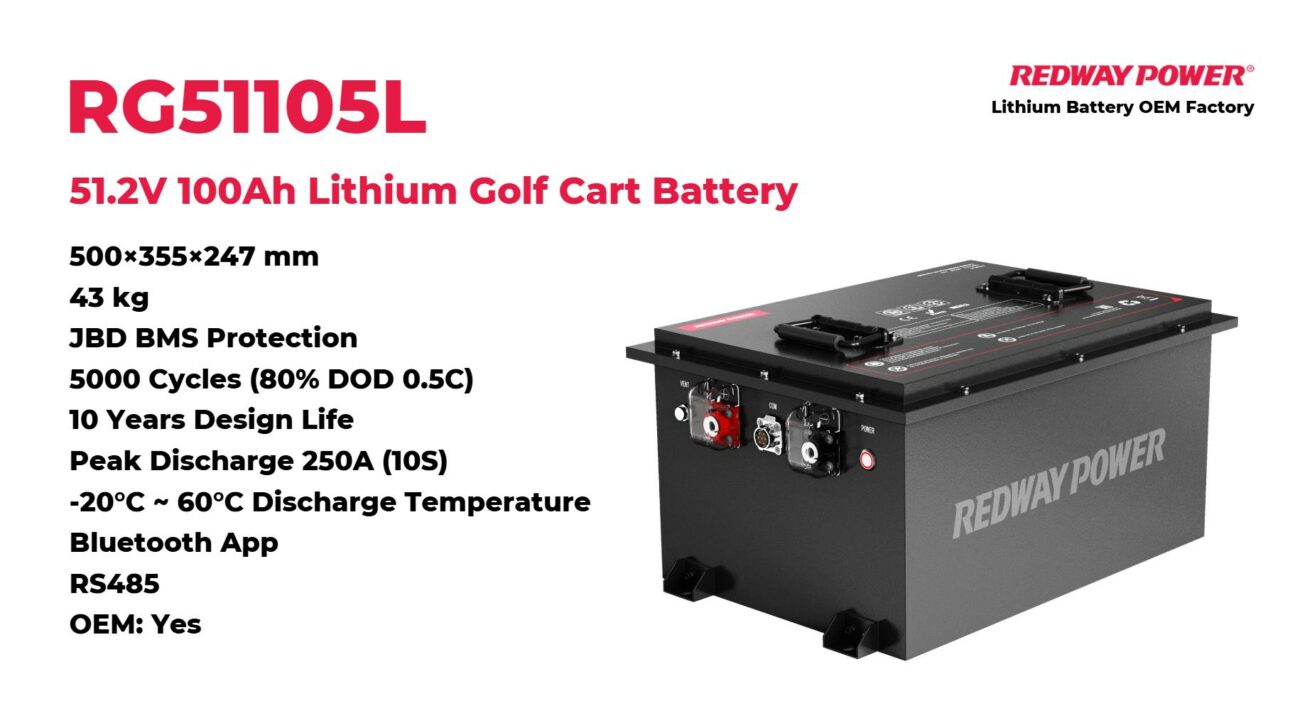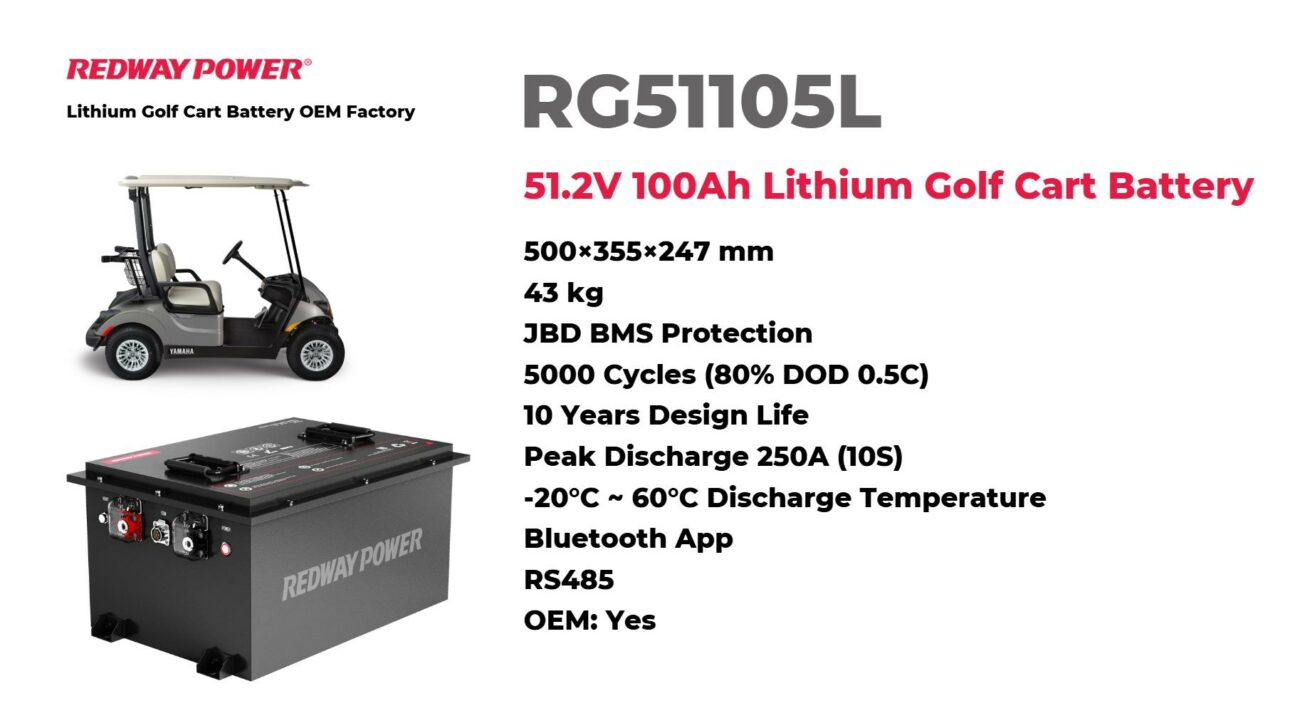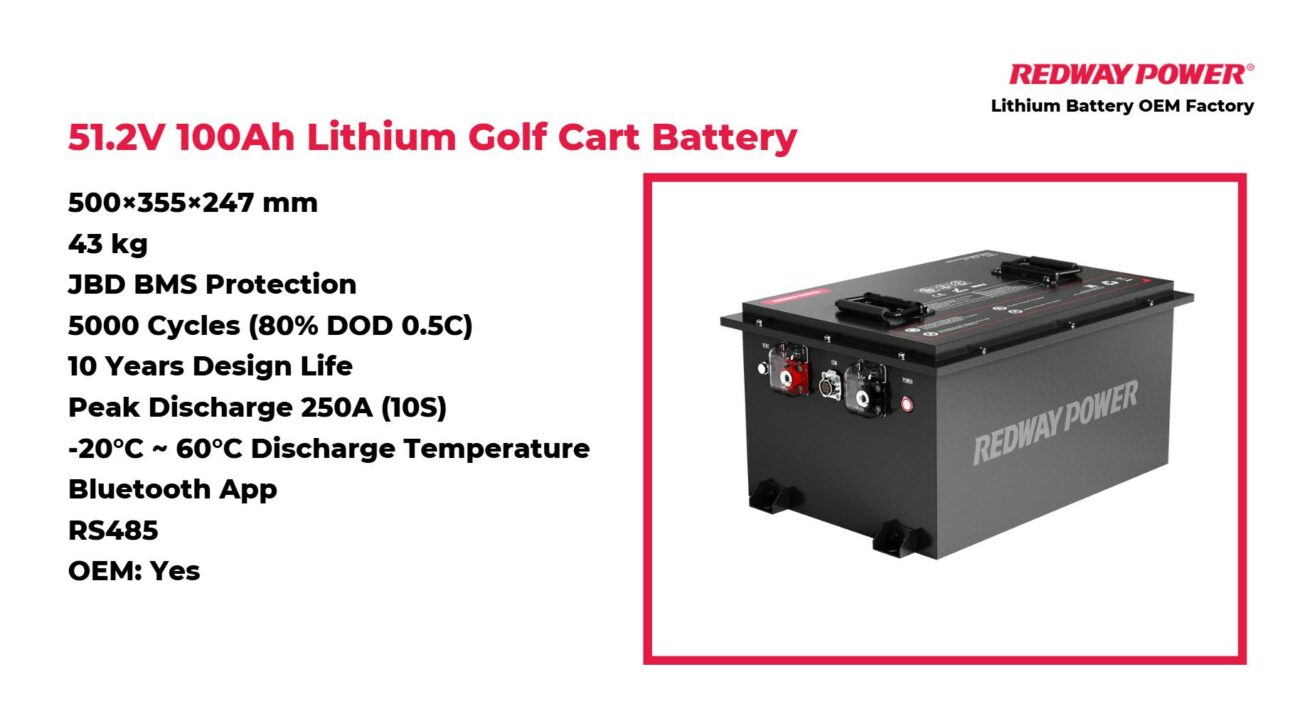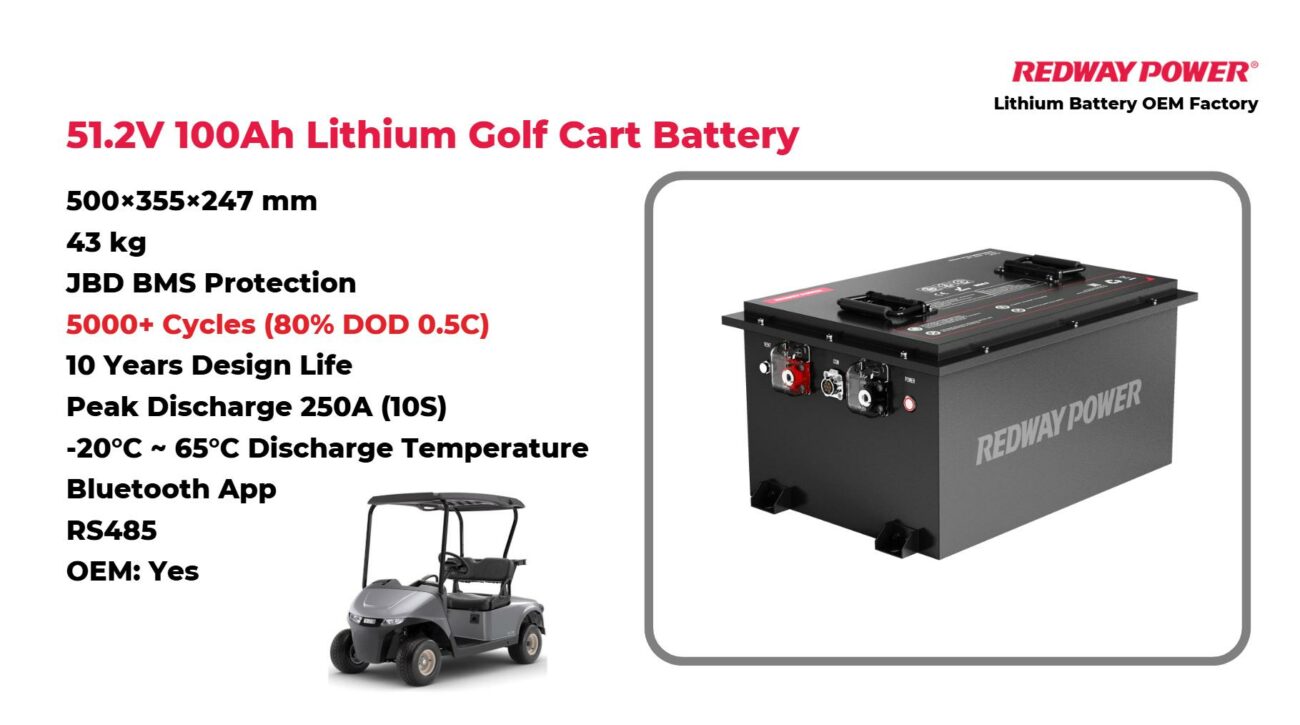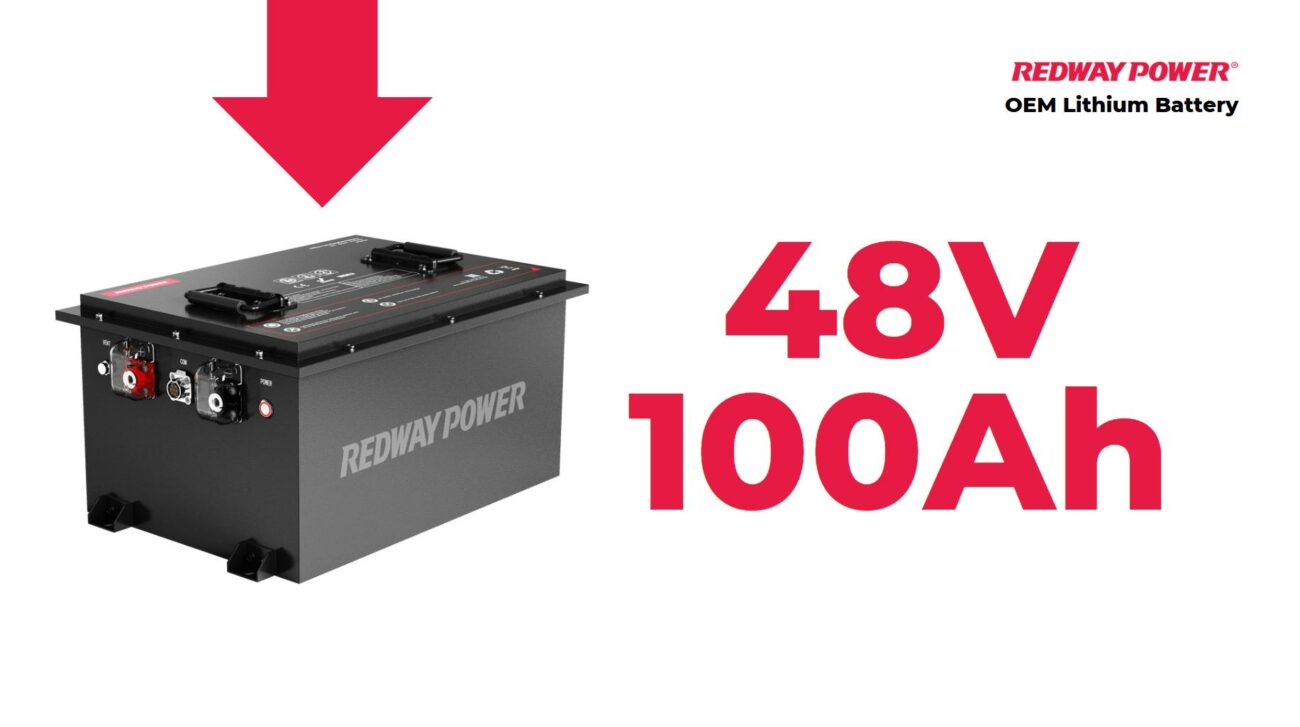When it comes to optimizing the performance and safety of your golf cart, selecting the right Battery Management System (BMS) is crucial. A 100A BMS is often a point of interest, but is it sufficient for your golf cart’s needs? To make an informed decision, it’s essential to delve into the specifics of both the BMS and the golf cart’s power requirements.
A 100A BMS might be enough for some golf carts depending on their current draw needs. If your cart frequently exceeds this limit during operation, consider upgrading to a higher-rated BMS. Ensure it includes safety features like overcharging and overheating protection for optimal performance.
Understanding the Role of a BMS in a Golf Cart
A Battery Management System (BMS) is designed to monitor and manage the performance of your golf cart’s battery pack. Its primary functions include:
- Overcharge Protection: Prevents the battery from exceeding its maximum voltage.
- Over-discharge Protection: Ensures the battery does not drop below a safe voltage level.
- Overcurrent Protection: Guards against currents that exceed the battery’s safe operating range.
- Temperature Management: Monitors battery temperature to prevent overheating.
Given these functions, the capacity of the BMS, measured in amperes (A), directly influences its effectiveness in protecting your battery and ensuring reliable operation.
Evaluating the Power Requirements of Your Golf Cart
To determine whether a 100A BMS is sufficient, you must assess the power demands of your golf cart. Key considerations include:
1. Motor Power Draw
The motor’s peak current draw is a critical factor. Golf carts typically have motors with varying power ratings, which can affect the current they draw:
- Standard Golf Carts: Many standard golf carts draw between 50A to 75A during peak operation.
- High-Power Golf Carts: Performance-oriented or modified carts may draw more than 100A during peak usage.
It’s essential to check your golf cart’s motor specifications or consult the manufacturer to understand its current draw. If your motor consistently exceeds 100A, a 100A BMS may not be adequate.
2. Battery Capacity and Configuration
The battery pack’s configuration can influence the current requirements:
- Voltage Rating: Higher voltage systems often have different current demands.
- Parallel Connections: Batteries connected in parallel can distribute the load, potentially affecting the current each battery and BMS must handle.
Review your battery pack’s specifications and ensure that the BMS rating aligns with the overall current demands of the system.
Advantages of a 100A BMS
For many golf carts, a 100A BMS can be highly effective, offering several advantages:
- Reliable Protection: With a 100A rating, the BMS provides reliable protection against common issues such as overcharging, over-discharging, and overcurrent scenarios.
- Cost-Effective: A 100A BMS is often more affordable than higher-rated models, making it a cost-effective choice for many standard golf carts.
- Simplicity: For carts with lower peak current draws, a 100A BMS provides an adequate balance of performance and safety without overcomplicating the system.
When to Consider a Higher-Rated BMS
In specific scenarios, upgrading to a higher-rated BMS may be necessary:
1. High-Performance Golf Carts
For high-performance or modified golf carts, where motors and other components draw significant current, a higher-rated BMS (such as 150A or 200A) can offer better protection and prevent potential damage.
2. Battery Pack Size and Configuration
If your golf cart has an unusually large or complex battery pack configuration, a higher-rated BMS might be required to handle the increased current demands effectively.
Consulting with Experts
Given the importance of proper BMS selection, consulting with battery and golf cart experts can provide valuable insights. They can:
- Analyze Your Specific Needs: Evaluate your golf cart’s power requirements and recommend a suitable BMS rating.
- Ensure Compatibility: Ensure that the chosen BMS is compatible with your battery pack and motor.
- Optimize Performance: Help you achieve optimal performance and safety by selecting a BMS that aligns with your golf cart’s specifications.
Maintaining Your BMS for Optimal Performance
Once you have selected the appropriate BMS, proper maintenance is key to ensuring long-term performance:
- Regular Inspections: Periodically check the BMS for signs of wear, damage, or malfunction.
- Monitor Battery Health: Keep track of battery performance and address any issues promptly.
- Update Firmware: If applicable, ensure the BMS firmware is up-to-date to benefit from the latest features and improvements.
Conclusion
In summary, whether a 100A BMS is sufficient for your golf cart depends largely on the specific power requirements of your motor and battery pack. For many standard golf carts, a 100A BMS offers ample protection and performance. However, for high-performance or modified carts, a higher-rated BMS may be necessary to ensure safety and optimal functionality.
By thoroughly assessing your golf cart’s current draw, battery configuration, and consulting with experts, you can make an informed decision and select the best BMS to enhance your golf cart’s performance and longevity.
How Many Amp BMS For Golf Cart?
A typical golf cart uses a BMS rated between 100A to 200A depending on battery capacity and motor current. For a 100Ah lithium battery, a 100A BMS is common to safely manage charge/discharge and protect the battery from overcurrent and overheating.
Is 100Ah Lithium Enough For A Golf Cart?
Yes, a 100Ah lithium battery can sufficiently power a golf cart for typical use, offering good range and performance. It balances capacity, weight, and cost, providing several hours of run time depending on speed and load.
What Does 100A BMS Mean?
A 100A BMS (Battery Management System) means it can safely handle continuous current up to 100 amps, protecting lithium batteries by managing charge/discharge rates, balancing cells, and preventing damage from overcurrent or overheating.
How Many Amps Does A Golf Cart Need?
Golf carts typically draw between 50 to 150 amps during operation, depending on motor size, voltage, and terrain. Peak current can be higher during acceleration or climbing hills, so battery and BMS should support these current demands safely.



